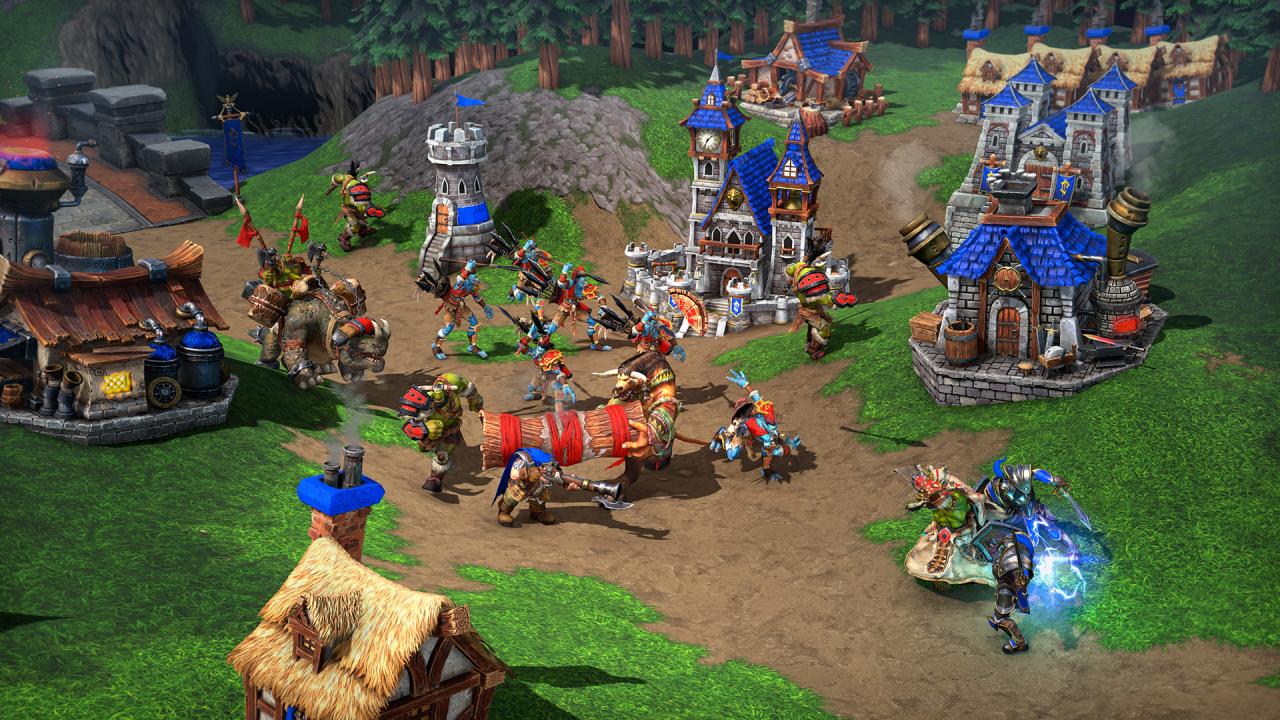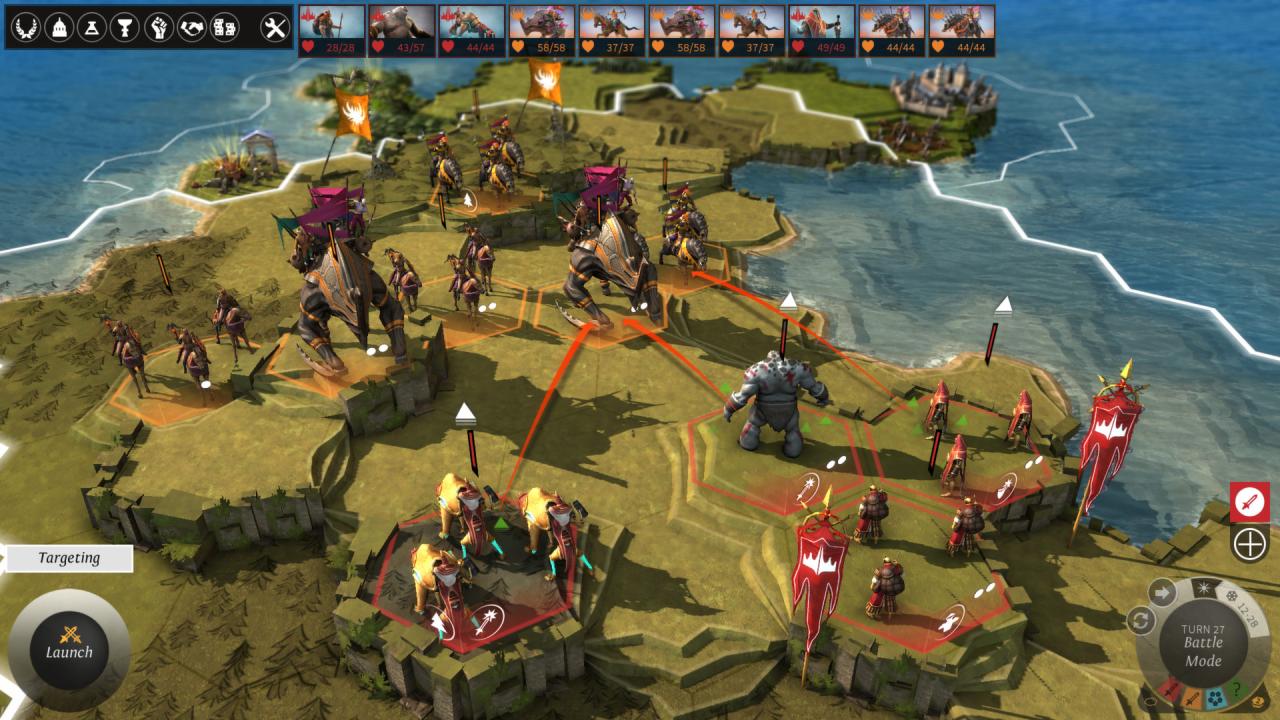The world of video games is a vibrant and ever-expanding universe, filled with countless titles spanning an incredible array of genres, platforms, and narratives. Navigating this vast landscape can be an exhilarating, yet often overwhelming, challenge for any gamer, regardless of experience level.
Whether you’re a seasoned veteran seeking your next deep, time-sink RPG or a casual player looking for a quick, enjoyable distraction, the sheer volume of new releases, hidden gems, and critically acclaimed masterpieces makes choosing what to play next a monumental task.
This situation is further complicated by the constant evolution of technology, the rise of independent developers, and the influence of streaming and social media, all of which contribute to an unprecedented flow of information and recommendations.
Establishing a personal, effective gaming recommendation strategy is no longer a luxury, but a necessity, if you wish to consistently find titles that truly resonate with your interests, maximize your entertainment value, and prevent the dreaded “analysis paralysis” that comes from having too many options.
Understanding Your Core Gaming Profile

Before you can effectively filter the deluge of available games, you need to establish a clear picture of what you genuinely enjoy. Self-reflection is the cornerstone of a successful recommendation strategy.
Identifying Preferred Genres and Mechanics
Start by taking a frank look at the games you’ve spent the most time with and enjoyed the most historically.
A. Action-Adventure: Do you thrive on exploration, puzzle-solving, and a balance of combat and narrative? Think of games like The Legend of Zelda or Uncharted.
B. Role-Playing Games (RPGs): Are you drawn to deep character customization, complex narratives, leveling up, and making meaningful choices? Consider the appeal of titles like Final Fantasy or The Witcher.
C. First-Person Shooters (FPS): Is fast-paced, visceral combat and precision aiming your main draw, whether it’s competitive or campaign-focused? Games like Doom or Call of Duty fit here.
D. Strategy (RTS/4X): Do you enjoy managing resources, planning long-term goals, and outsmarting an opponent or system? This includes games like StarCraft or Civilization.
E. Simulation and Management: Do you find satisfaction in building, optimizing, and maintaining virtual systems, such as cities, theme parks, or even life itself? The Sims or Cities: Skylines are great examples.
F. Puzzle and Logic: Is your primary enjoyment derived from solving intricate problems and exercising mental acuity? Think Portal or Tetris.
G. Indie and Experimental: Do you appreciate unique art styles, innovative mechanics, and powerful, focused narratives often found outside of AAA production? Games like Celeste or Hades exemplify this category.
Understanding your attachment to specific mechanics—like stealth, resource gathering, base building, or turn-based combat—is often more insightful than simply labeling a game by its broad genre.
Pinpointing Thematic and Narrative Preferences
A game’s setting and story are often as important as its gameplay.
A. High Fantasy vs. Hard Sci-Fi: Do you prefer dragons, magic, and medieval settings, or spaceships, future tech, and philosophical quandaries?
B. Tonal Range: Are you looking for something dark and brooding, lighthearted and comedic, or perhaps something emotionally complex and deeply moving?
C. Pacing: Do you prefer a slow, methodical experience where you can absorb the lore, or an adrenaline-fueled, constant action romp?
D. Story Delivery: Do you enjoy a heavy, cinematic story, or do you prefer emergent narrative that arises from the gameplay systems themselves?
Assessing Time and Commitment Levels
Be honest about how much time you are willing to dedicate.
A. Long-Term Engagement: Are you looking for a game that can occupy you for hundreds of hours, such as a massive open-world RPG or an MMORPG?
B. Medium-Length Experience: Do you prefer a 20-40 hour campaign with a definitive ending, typical of many action-adventure games?
C. Short Bursts and Pick-Up-and-Play: Are you mostly looking for games that offer quick satisfaction, like a competitive multiplayer match or a session of an arcade-style game?
D. Live Service Models: Are you comfortable with games that constantly evolve with new content, often requiring ongoing commitment and sometimes a recurring financial investment?
Leveraging Recommendation Sources Effectively

Once you know what you like, the next step is to use the world’s information to filter options. Not all recommendation sources are created equal; a successful strategy involves using them in a balanced, critical way.
The Power of Algorithmic Recommendations
Platforms like Steam, PlayStation Store, Xbox Marketplace, and Epic Games Store employ sophisticated algorithms that track your playtime, purchase history, and wish lists to suggest similar titles.
A. Platform Curation: Pay close attention to the “More like this” or “Recommended for you” sections, as these are often highly tailored.
B. Wish List Utilization: Actively using a wish list, even for games you aren’t ready to buy, helps the algorithm learn your taste profile.
C. Ignoring Noise: Be wary of algorithm traps that suggest wildly popular games that don’t fit your profile just because everyone is playing them.
The Role of Professional Reviews
Trusted game critics and publications play a vital role in providing informed, detailed assessments.
A. Seeking Diverse Perspectives: Read reviews from several different sources to get a well-rounded view, as reviewer biases always exist.
B. Focusing on Mechanics and Tone: Look beyond the final score; read the body of the review to see if the criticisms or praises align with what you value in a game.
C. Checking for “Must-Play” Status: Recognize that a critic’s high score generally indicates a title is technically polished and creatively significant, but it doesn’t guarantee you will personally enjoy it.
Community and Creator Insights
The gaming community, especially through streaming and video platforms, offers raw, immediate insights.
A. Watching Gameplay Streams: Viewing a few hours of unedited gameplay on platforms like Twitch or YouTube is one of the best ways to determine if the moment-to-moment experience resonates with you.
B. Seeking Honest Opinions: Look for smaller, trusted content creators whose taste aligns with yours, rather than relying solely on the largest channels that might be covering a game due to a sponsorship.
C. Reading User Reviews: Utilize the feedback on platforms like Steam, but be cautious of “review bombing” or overly enthusiastic reviews that lack critical perspective; aim for the detailed, middle-ground reviews.
The Value of Demos and Free Trials
The most direct form of recommendation is trying the game yourself.
A. Participating in Free Weekends: Many publishers offer limited-time access to full games, providing an excellent opportunity for risk-free assessment.
B. Downloading Dedicated Demos: Take advantage of specific demos, which are often highly curated to showcase the game’s best aspects.
C. Subscribing to Game Services: Services like Xbox Game Pass or PlayStation Plus offer vast libraries, letting you sample games that you might not otherwise purchase individually.
Developing a Structured Filtering Process
To prevent choice overload, implement a structured, multi-stage filtering system for new titles.
Stage 1: The Initial Funnel
This stage is about quickly cutting down the thousands of possibilities to a manageable few.
A. Genre Match: Instantly filter out any games that belong to a genre you consistently dislike (e.g., if you hate competitive real-time strategy, skip all of them).
B. Theme and Aesthetic: Reject games whose art style, setting, or tone are fundamentally unappealing (e.g., if you dislike pixel art, ignore it regardless of the high reviews).
C. Hardware Compatibility: Ensure the game is available on your preferred platform and that your system meets the minimum hardware requirements; a game you can’t play well is a wasted recommendation.
Stage 2: Critical Evaluation
With a shortlist, dive deeper into the quality and suitability.
A. Core Loop Assessment: Watch a gameplay video specifically to analyze the game’s core loop—the repetitive action the player engages in most often. Is the moment-to-moment gameplay satisfying and varied enough?
B. Feature Comparison: Identify the one or two standout features (e.g., a groundbreaking narrative, an innovative crafting system, or perfect combat controls) and see if they match your specific desires.
C. Community Health Check: For multiplayer or live service games, check the current status of the player base, developer communication, and patch history to ensure it’s a worthwhile investment of time.
Stage 3: The Decisive Trial
The final step is the personal confirmation.
A. The Demo Rule: If a demo exists, play it and commit at least one full hour before forming a final opinion.
B. The Three-Hour Rule: If you purchase a game without a demo, commit to playing at least three hours. Many modern games have slow starts, and initial impressions can be misleading; you can often request a refund if you’ve played less than two hours.
C. Budget Allocation: Only proceed with a purchase if the game passes the first two stages and fits within your current gaming budget, prioritizing games that offer the highest value for your available time and money.
Expanding Your Gaming Horizons
While a good strategy focuses on finding what you like, a great one also encourages growth and discovery.
The “One Wildcard” Approach
Every few games, deliberately pick a title that is outside your comfort zone.
A. Genre Leap: Choose a critically acclaimed game from a genre you usually ignore, like trying a visual novel if you typically stick to action games.
B. Indie Dive: Commit to playing a small, experimental indie title with a unique premise or art style.
C. System Shock: Try a game on a different platform, like a mobile game or a VR title, to experience entirely new control schemes and design philosophies.
Curated Lists and Thematic Journeys
Use highly specific lists to guide your exploration.
A. Award Winners: Follow lists of Game of the Year recipients from trusted sources to ensure you are playing titles that defined the industry.
B. Hidden Gems: Actively seek out articles and videos that focus on underrated or underplayed games from previous years that may have been missed in the initial hype cycle.
C. Developer Deep Dive: Focus on playing the entire catalog of a single, respected game studio, which can reveal consistent design philosophies and narrative styles.
D. Historical Context: Play titles that are considered foundational to your favorite genres to better understand the evolution of gaming mechanics and design.
Conclusion
A great gaming recommendation strategy is a personal, evolving tool. It requires knowing yourself first. It demands critical evaluation of all the external information. It absolutely must involve the direct experience of playing a game.
This process ensures your time is spent on titles you’ll love. It helps you avoid the constant cycle of buying and regretting new releases.
It ultimately transforms the daunting vastness of the gaming world into a curated, personal library.
Embracing this strategic approach will consistently deliver a more satisfying, enriching, and joyful gaming journey. This thoughtful filtering system is the true key to unlocking maximum enjoyment.







